The presence of internal characteristics, known as inclusions, and external imperfections, called blemishes, can significantly impact the visual appeal and value of a diamond. A seasoned expert can detect the subtlest imperfections of a diamond.
Through the process of professional diamond grading, every facet and characteristic of a diamond is carefully scrutinized under specialized lighting and magnification. This meticulous examination enables the grader to identify even the most minute inclusions and blemishes that may impact the diamond’s clarity. The use of advanced gemological tools and techniques, coupled with the grader’s expertise, ensures that a comprehensive and accurate assessment is made.
As a trusted authority in the diamond industry, Diamonds USA is dedicated to offering comprehensive knowledge on diamond clarity. In this definitive guide, we will explore the captivating world of diamond clarity, delve into renowned diamond clarity grades, and empower you to make well-informed decisions when choosing to sell your diamond.
Understanding Diamond Clarity
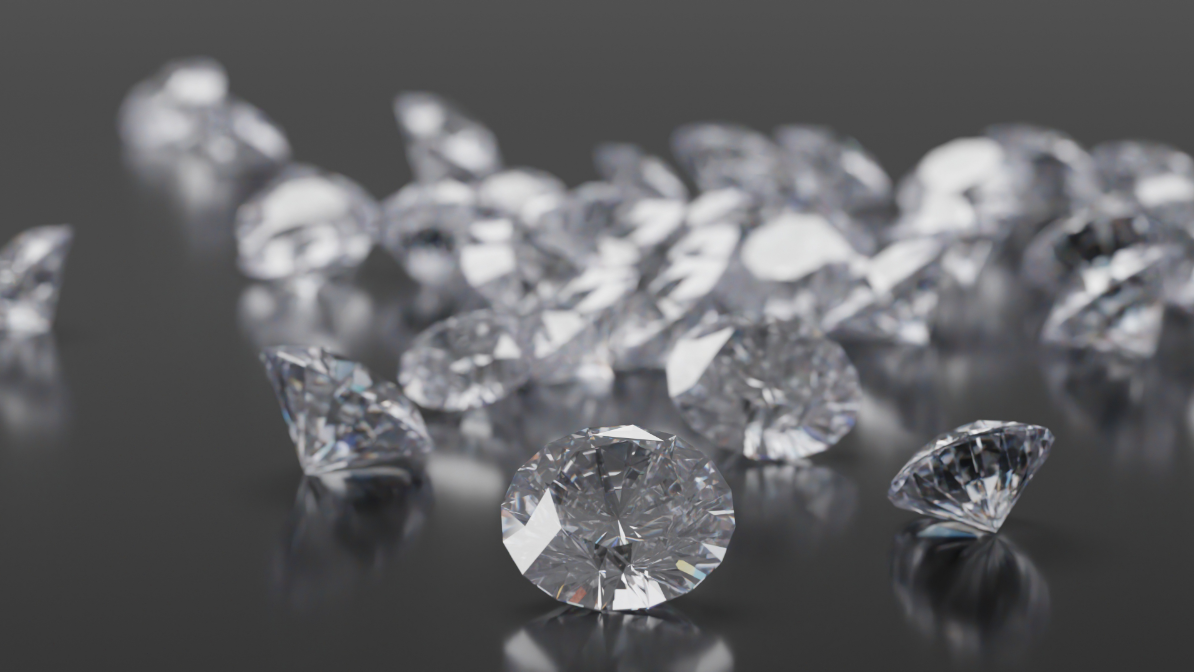
Diamond clarity refers to the presence, size, and visibility of internal characteristics (inclusions) and external imperfections (blemishes) within a diamond. Graded on a meticulous scale established by the Gemological Institute of America (GIA), diamond clarity assessment requires expert evaluation and a keen eye for detail.
It is essential to recognize evaluating diamond clarity is not a task to be undertaken casually or without the requisite knowledge. While minor inclusions may be challenging to detect with the unaided eye, professional diamond grading is essential for accurate classification. These skilled individuals possess a deep understanding of the intricacies and subtleties involved in identifying and categorizing inclusions, ensuring an accurate and reliable classification of a diamond’s clarity grade.
The GIA, renowned for its unrivaled standards in gemstone evaluation, has established a comprehensive framework that serves as the industry benchmark for determining the clarity of diamonds.
Factors Affecting Diamond Clarity
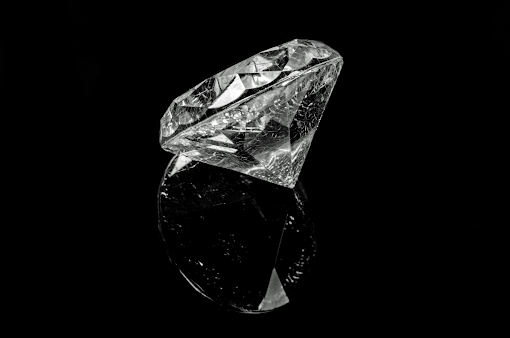
Inclusions can develop in various forms and appearances. Common types of inclusions include feathers, crystals, and clouds. These internal characteristics are formed during the diamond’s natural growth process and can affect its overall clarity.
- Feathers are one of the most prevalent types of inclusions found within diamonds. These delicate, hairline fractures or cracks, resembling the intricate patterns of feathers, can occur during the diamond’s formation process. Feathers may be translucent or white and can vary in size, from barely perceptible to more substantial. Their impact on clarity depends on their size, position, and visibility, with larger or more centrally located feathers potentially affecting the overall transparency and value of the diamond.
- Crystals are tiny mineral deposits captured within the diamond during its growth. These crystalline structures may exhibit a range of colors, shapes, and sizes, adding a captivating kaleidoscope of beauty to the diamond’s internal landscape. While small or dispersed crystals may have minimal impact on the diamond’s clarity, larger or clustered crystals can be more noticeable and potentially affect the stone’s visual appeal.
- Clouds represent a more ethereal and intricate type of inclusion. These formations are created when a group of extremely tiny pinpoint inclusions coalesce, giving the appearance of a hazy or cloudy area within the diamond. The visibility and impact of clouds on clarity can vary significantly, ranging from subtle wisps that lend an enchanting mystique to the diamond, to denser clusters that can diminish the stone’s transparency and brilliance.
Other types of inclusions that may be encountered include needles, which are thin, elongated crystals resembling tiny needles, and pinpoints, which are extremely small, pinpoint-sized inclusions that can be scattered throughout the diamond. These inclusions, along with many others, contribute to the individual character and fingerprint of each diamond, making them unique and telling the story of their formation over millions of years.
Blemishes are surface irregularities such as scratches, pits, and nicks that occur during the diamond’s journey from the earth to the jewelry counter. While they may impact the diamond’s clarity, their effect can often be mitigated through careful polishing.
The GIA Clarity Grading Scale
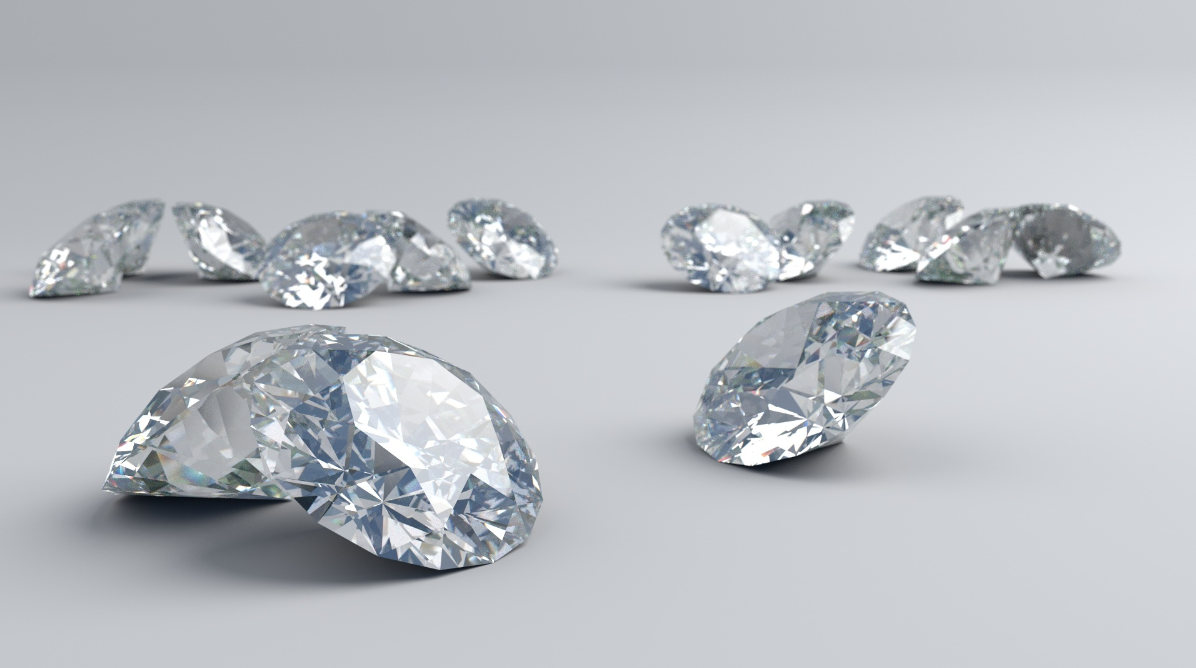
The GIA clarity grading scale is the universally recognized standard for evaluating diamond clarity. Ranging from Flawless (FL) to Included (I1, I2, I3), these grades determine the level of clarity in a diamond. Understanding the significance of the GIA clarity grading scale empowers you as you embark on the journey of selling your diamond.
By comprehending the range of clarity grades and the implications they hold for the value and desirability of your gemstone, you can confidently navigate the diamond marketplace and secure the optimal return on your investment. Let’s explore the key clarity grades:
Flawless (FL) and Internally Flawless (IF): These exceptionally rare diamonds exhibit no visible inclusions or blemishes even under 10x magnification. They represent the epitome of perfection and command awe-inspiring prices.
Very, Very Slightly Included (VVS1/VVS2): In this grade, inclusions are extremely difficult to detect, even under magnification. Only highly trained professionals can identify these minuscule internal characteristics.
Very Slightly Included (VS1/VS2): These diamonds possess minor inclusions that are not easily visible to the naked eye. They offer exceptional value and strike an exquisite balance between clarity and price.
Slightly Included (SI1/SI2): SI diamonds may contain noticeable inclusions when viewed with 10x magnification. However, with careful selection, SI diamonds can still exhibit remarkable beauty and provide significant savings compared to higher grades.
Included (I1/I2/I3): Diamonds in this grade feature inclusions that are visible to the naked eye. While I diamonds may have reduced brilliance due to the visibility of inclusions, their affordability makes them a popular choice for those seeking larger carat weights.
How Diamond Clarity Affects Value
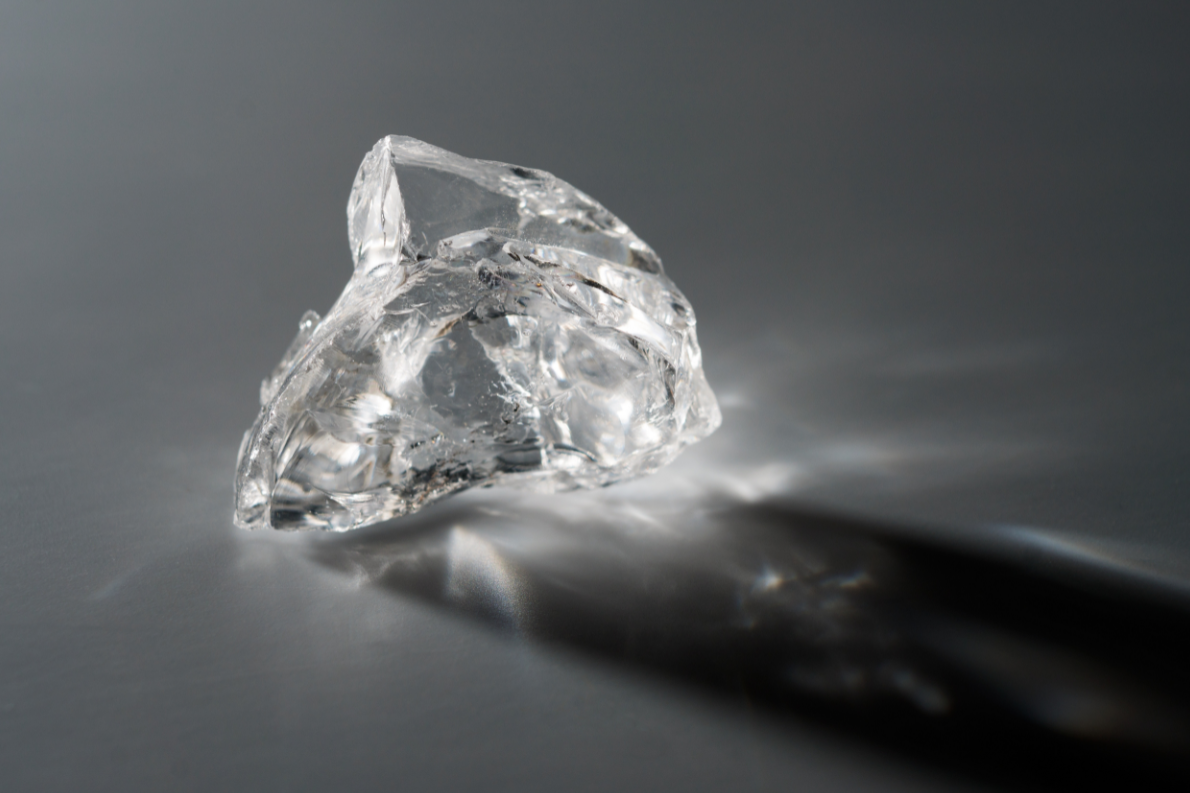
Diamond clarity plays a crucial role in determining the value of a diamond. As clarity grades improve, so does the rarity and desirability of the stone, leading to higher prices. However, it’s important to note that diamond value is also influenced by other factors, such as carat weight, cut quality, and color grade. Striking a balance between these factors is key to finding a high-quality diamond that suits your preferences and budget.
As you navigate the process of selling your diamond, it is crucial to collaborate with a trusted authority in the industry, such as Diamonds USA. With our expertise and market knowledge, we can guide you through the complexities of the diamond marketplace. Our aim is to ensure that you receive the full value your gemstone deserves, taking into account the clarity, carat weight, cut quality, and color grade.
Choosing the Right Diamond Clarity

When selecting a diamond clarity grade, personal preference and budget are pivotal factors. If you seek a flawless diamond without any visible inclusions even under magnification, the Flawless (FL) or Internally Flawless (IF) grades may be ideal. However, for those desiring a balance between clarity and budget, Very Slightly Included (VS1/VS2) or Slightly Included (SI1/SI2) diamonds can offer exceptional value.
It is important to carefully evaluate diamonds in person or seek guidance from experienced professionals to ensure your diamond meets your expectations and will hold its value for when you are ready to sell.
Considering Clarity When Selling Your Diamond
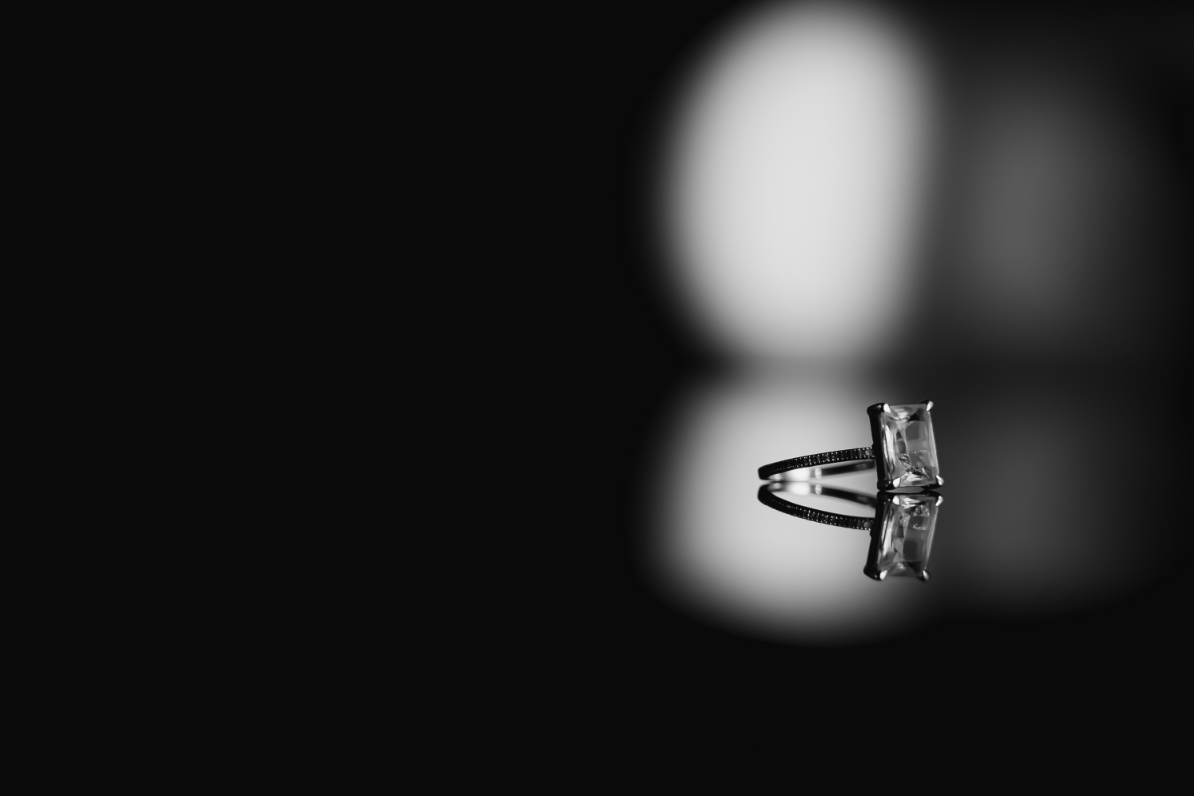
When it comes to selling your diamond, understanding its clarity becomes paramount. The presence of inclusions and blemishes can significantly impact the value of your gem. At Diamonds USA, we possess the expertise to assist you through the process of selling your diamond.
In this definitive guide, we have unveiled the world of diamond clarity, discussing diamond clarity grades to empower you with the knowledge to make informed decisions when selling your diamonds. We have laid out the various clarity grades established by the renowned authority in the industry, the Gemological Institute of America (GIA), and by delving into the Flawless (FL) and Internally Flawless (IF) grades, where diamonds boast an absence of inclusions and blemishes, we have showcased clarity perfection. Equally, we have discussed the value offered by the Very Slightly Included (VS1/VS2) and Slightly Included (SI1/SI2) grades, where minor inclusions are inconspicuous to the unaided eye.
Our expertise and dedication enable us to navigate the complexities of the diamond market, ensuring that you receive the a fair market offer for your diamond. Request your free diamond appraisal today to discover your diamond’s potential.
ABOUT DIAMONDS USA
Diamonds USA is a prominent online buyer of all diamonds, as well as gold, silver, platinum, and palladium, in the United States. Since 2005, we have paid millions to thousands of customers for their unwanted diamonds or broken precious metal jewelry. We offer a quick and straightforward selling process, ensuring customers receive prompt and competitive offers for their items. Learn more about us, or request your free Appraisal Kit now: